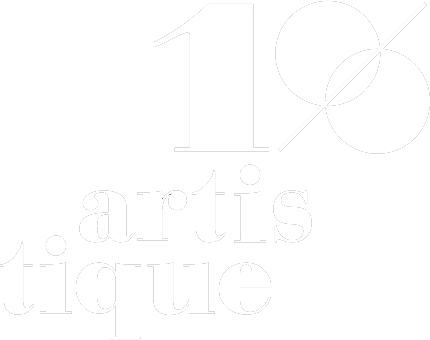Ipotêtu
Support
Brower
The optimal visit to the Museum of Ipotêtu is on screen. It works on all connected computers (Mac & PC) to an internet browser. Your computer must also have a good graphic card and a recent processor (2016 & up).
Please note that for a smooth navigation in the Museum, make sure you have available RAM on your computer.
This Website have been tested on the following browsers and may show malfunctions on previous versions.
The Ipotêtu museum is not optimised for tablet and mobile.
| Chrome | Safari | Firefox |
|---|---|---|
| version 75 | version 12 | version 73 |
Virtual reality (VR)
To allow total immersion in its 3D environment, the Museum has been developed for HTC Vive VR glasses (2016 model).
It is a light version of the Museum, certain functions of which have been inhibited, such as opening information windows related to the artworks inside the Museum.
Please note that on HTC Vive Focus, you will only be able to access the catalogue of works.
From your HTCVive connect to https://ipotetu.com, the interface of the Ipotêtu Museum is automatically recognized. Follow the protocol shown in your VR headset.
For more informations on virtual reality support please refer to the following specification.The project of the Ipotêtu's Museum was selected as part of the 1% artistic of the innovative Pierre Emmanuel high school of Pau, following a call for tenders from the Conseil Départemental des Pyrénées Atlantiques for the creation of a digital work.
The Musée d'Ipotêtu is an online virtual museum, it is a three-dimensional analogy of the buildings of the Pierre Emmanuel high school. Its digital interface allows users to visit each of its spaces dynamically from their computer screen via an Internet connection. You can also navigate through the Museum with a virtual reality headset.
Each work exhibited in the museum was created at the college in 2018 and 2019 with the high school students and teachers as part of artistic practice workshops organized by the artists of the Ipotêtu project.
This project was directed by the artists Lyn Nékorimaté and Jean Paul Labro of the Collectif Ding, the artist Elsa Mazeau and the graphic designer Sebastien. They have joined forces with other artists Olivier Toulemonde, Fabrice Cotinat, Yuting Su and the archeologist Laurence Cornet. The graphic design and development of the site were entrusted to the graphic designer Sebastien.
This project would not have been possible without the support of Maëva Changeur and Marina Bianchi. Both of them did a civic service mission dedicated to the Ipotêtu project between 2018 and 2019.
We would like to thank the two architects Nathalie Larradet and Alexandre Lacaze for their collaboration on the project. We also thank Mr. Pierre Segura, the headmaster of the high school, as well as the educational teams and teachers who supported this project, not to mention the high school pupils who participated in the workshops and contributed to the realization of the works exhibited in the Musée d'Ipotêtu.
Introduction to the Ipotêtu project:
An Online Museum
About Ipotêtu; reflections on the discernment of combined time(s)
Ipotêtu: attempt, experiment, practice
1% or the invisible art...
Artchaeologies
From the invention of the past
The garden of Ipotêtu
Lyn NékorimatéIpotêtu’s choreographies
Lyn Nékorimaté & Sébastien GarciazThe space of sound
Olivier ToulemondeStratigraphic wanderings
Elsa MazeauMemory and poetry of the carrot
Elsa MazeauMemorized prospectings
Laurence CornetPerform the facade
Elsa MazeauGhosts of paradise
Yu-Ting Su & Fabrice CotinatFantasmagoria
Fabrice Cotinat & Yu-Ting SuThe large gallery
Jean Paul LabroThe great sphere
Jean Paul Labro & Sébastien GarciazTHE STUDIO
Team

Elsa Mazeau
Elsa Mazeau works everywhere and lives in Seine-Saint-Denis.
From quirky contexts, a moment of intensity, which she sets up in public space, she invites everyone to re-envision and recompose by gesture, by writing or by speaking, a location. Faced with stereotypes, power issues and appearance codes, her practice is based on collaborative processes, in order to reconsider together what has been thought of by others as a way of life.
Research, which intersects with questions of representation, sociology and then archeology, is thus activated by the inhabitants themselves. The image fixes the propositions performed: it comes from an exploration of the medium which takes into consideration the physical and plastic nature of photography, in order to re-register the space lived from the point of view of experience, formally, in a whole of proposals with diverse materiality.
Her pieces have notably been exhibited at the Center Georges Pompidou in Paris, at the Palais de Tokyo, at the Biennale in Tirana, at the Galerie La Ruche in Tokyo or at Elac in Lausanne.
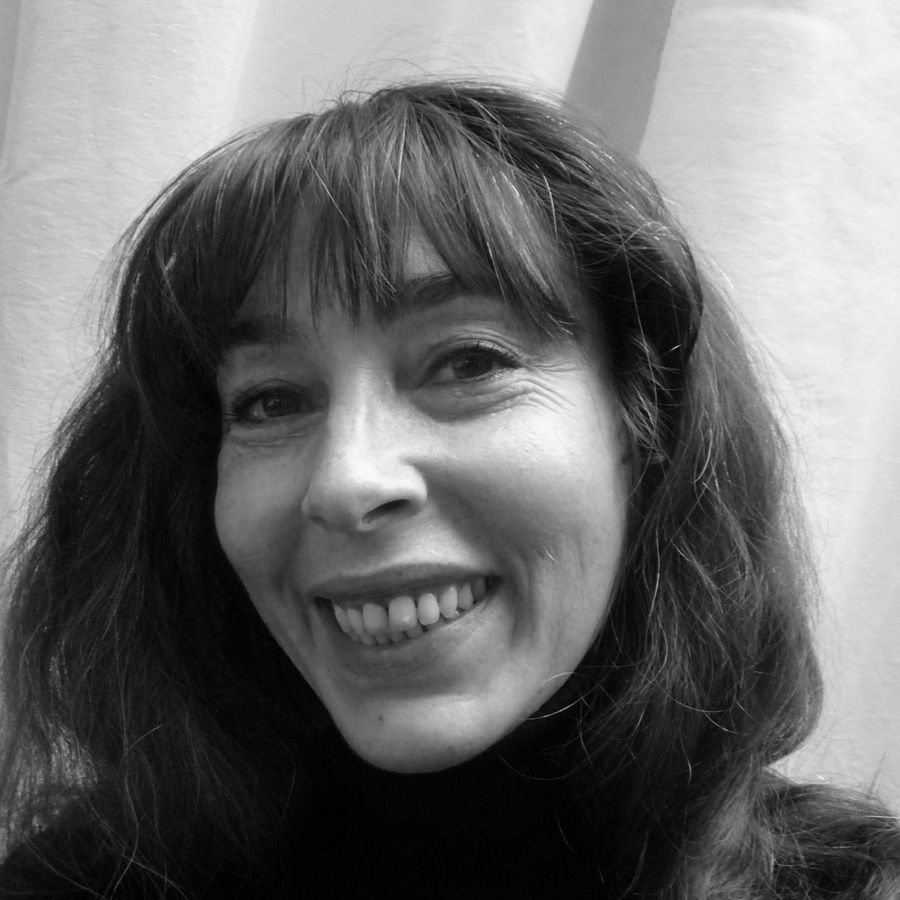
Lyn Nékorimaté Collectif DING
Multidisciplinary artist, Lyn Nékorimatè begins a professional career in classical and contemporary dance and continues her studies in arts at the National School of Arts in Cergy-Pontoise as well as a university course in Art Theory and new media in Paris 8, Saint-Denis.
Her work unfolds and is articulated through various media like sound, video or performance devices. In her installations, the construction of spaces or the staging bring into play emancipation systems around the notion of narrative and what she calls "the mythology of the intimate" and its techniques.
In 2011, she founds with Jean Paul Labro the collective of artists "Ding". Their projects are often carried out in close collaboration with other people, as well as artists, searchers, thinkers, philosophers or architects in France and abroad.
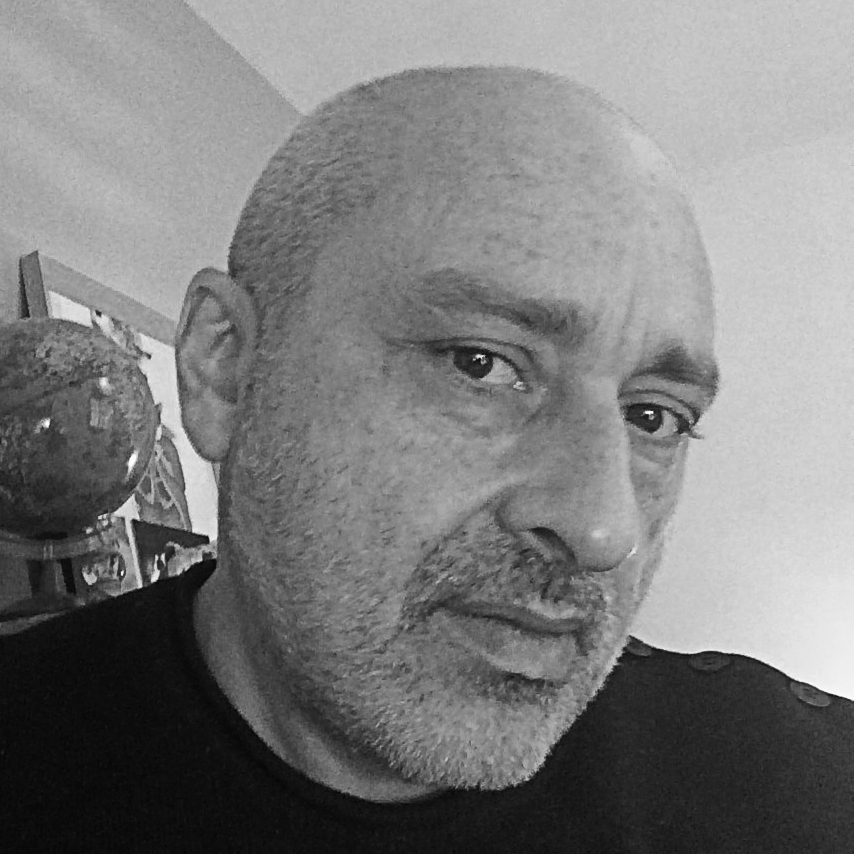 Jean-Paul Labro
Collectif DING
Jean-Paul Labro
Collectif DING

Visual artist and videographer, lives and works in Pau.
After teaching at the ENSA in Bourges where he was trained, he now teaches video and cinema since 2003 at the École Supérieure d'Art des Pyrénées.
Since 1994, he has produced videos, performances, installations and multimedia devices. His work has been shown in festivals, group and personal exhibitions in France and abroad : Nordik Impact in Caen, Galerie Les filles du Calvaire (Paris), Center d'Art le Parvis (Pau), La Compagnie et la Friche Belle de mai (Marseille), AVE Festival in Arnhem (Netherlands), FCMM in Montreal (Canada), VGKS Gallery in Kosice (Slovakia)…
In 1992, he co-founded Bandits-Mages and its festival that he led for 12 years by creating the Galerie du Haïdouc on the Friche l'Antre Peaux in Bourges in 2000.
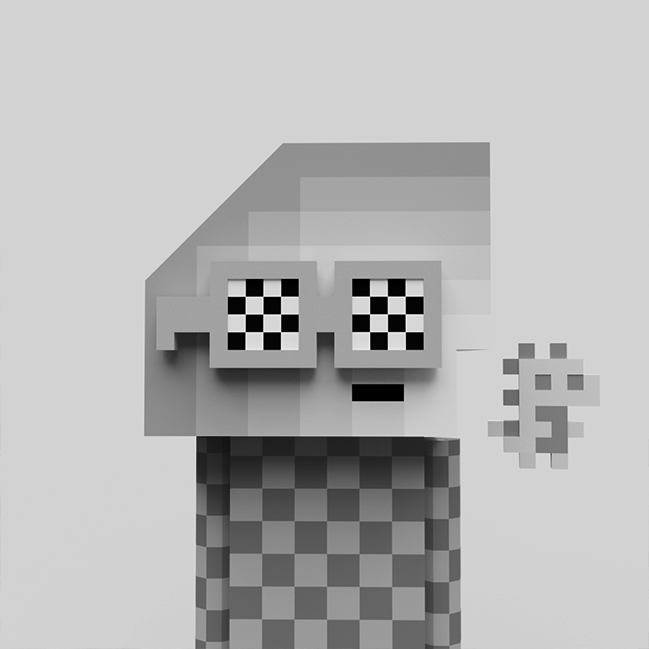
Sebastien
I work independently as a front-end developer and visual designer.
Expert and passionate about website design, I collaborate with companies and start-ups that value the integrity of design and development.
I create web platforms and applications, multimedia and artistic installations, virtual and augmented reality and artistic direction. I offer digital web experiences to your users with particular attention to design, optimization and performance.
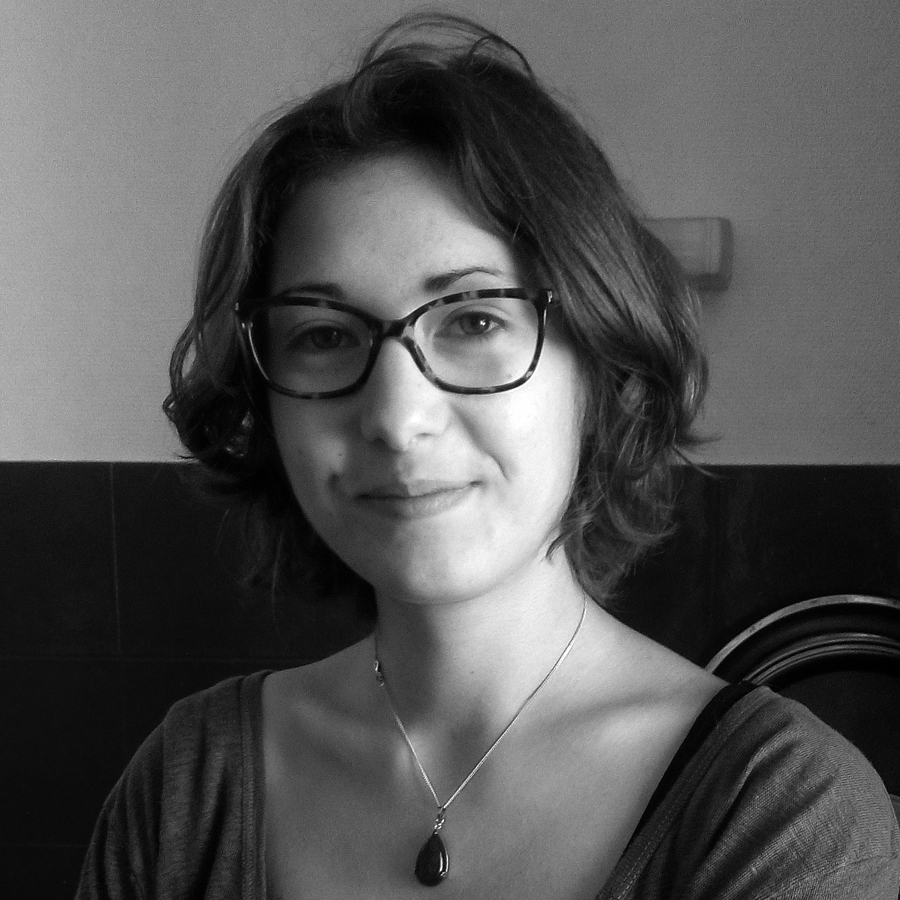
Maëva Changeur
Maëva Changeur, graphic designer by training, supports her commitments and activities in educational structures or artistic projects in France and abroad. She was the first volunteer in civic service mission engaged for the "Museum of Ipotêtu" project from 2017 to 2018. She carried out the "Museum of Ipotêtu" project with the pupils within the Pierre Emmanuel college and participated in the organization and the realization of the workshops with the artists.

Marina Bianchi
A graphic designer by training, Marina Bianchi is now continuing her career as a graphic designer. She was the second volunteer in civic service mission hired for the "Museum of Ipotêtu" project in 2019. She actively contributed to the 3D modeling of the museum with Sebastien, developer of the project.
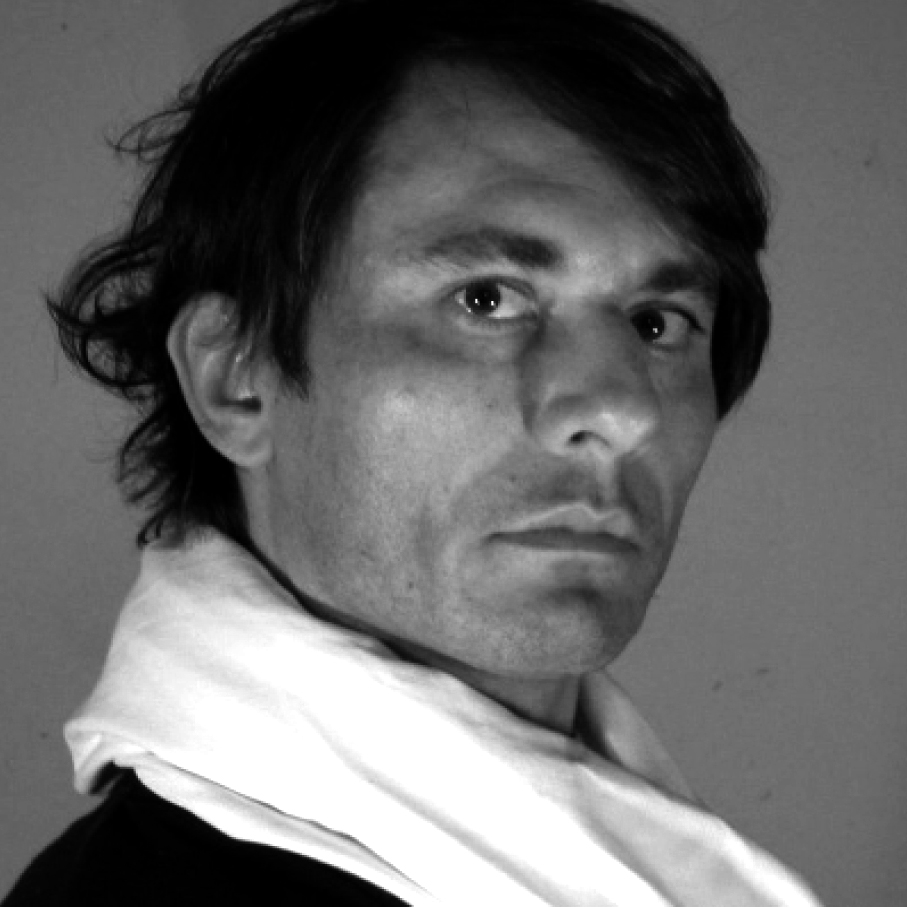
Fabrice Cotinat
Born 1968. Lives and works in Châteauroux.
Fabrice Cotinat is first and foremost a skilful creator of playful machines that subvert production mechanisms, undermine interpretation of imagery and ultimately question the status of artworks.
After graduating from ENSA Bourges School of Art, his projects have taken him across Europe and Asia on numerous residencies. He helped develop Bandits-Mages, an artists’ collective in Bourges participating in its multimedia festival from 1992 to 2002. Together with David Legrand and Henrique Martins Duarte, fellow artists from Châteauroux, he co-founded Galerie du Cartable in 1999. The central element of the gallery is a portable “video-satchel” that provides a mobile space for the projection of videos and for audiovisual creativity. In more general terms, the gallery specializes in low-tech shooting techniques and improvised sets or filming environments. The structure enables Fabrice Cotinat to don several hats as film director, actor and writer. In Fictional Dialogues (2001-2008), the collective invented improbable conversations between artists, filmmakers and writers from different eras, for example pairing Leonardo da Vinci with Nicolas Poussin, Albrecht Dürer with Joseph Beuys, Pier Paolo Pasolini with Andy Warhol or Roland Barthes with Marguerite Duras. Inspired by Bernard Fenelon’s "Dialogues of the Dead" (1692-1695) the conversations engender a variety of verbal, philosophical and visual collisions. They also were the occasion for real collaborations with living artists, video artists and filmmakers, amongst whom Michel Aubry, Françoise Cardon, Joseph Morder, Boris Lehmann, Alain Cavalier and Marie Losier.
Much of Fabrice Cotinat’s work combines aspects of Homo faber (Man the maker) and Homo ludens (Man the player), this dual nature deriving from a taste for pithy combinations and a sharp critical stance concerning politics, art or visual representation. He created the organisation Châteauroux Underground in 2007 to encourage and develop collective art. Between 2009 and 2013 a project based in a prison aimed to help reconnect those behind bars with broader social networks. It involved setting up an experimental television studio and channel broadcasting to prison inmates.
Fabrice Cotinat currently teaches video at ENSA Limoges School of Fine Arts. His artworks feature in French public collections such as FRAC galleries as well as in private collections both in France and abroad.
Over the last few years, Fabrice Cotinat has actively worked with the artist Yu-Ting SU. Their joint projects include experimental films characterised by a signature mixture of methods and skills spanning photography, drawing, robotics, animation, sculpture and performance. Their artwork raises questions through the medium of speech and language, expressing them by ideas, forms and poetry. In this way, thoughts and experiences are allowed to bridge the divide that separates digital and analogue worlds.
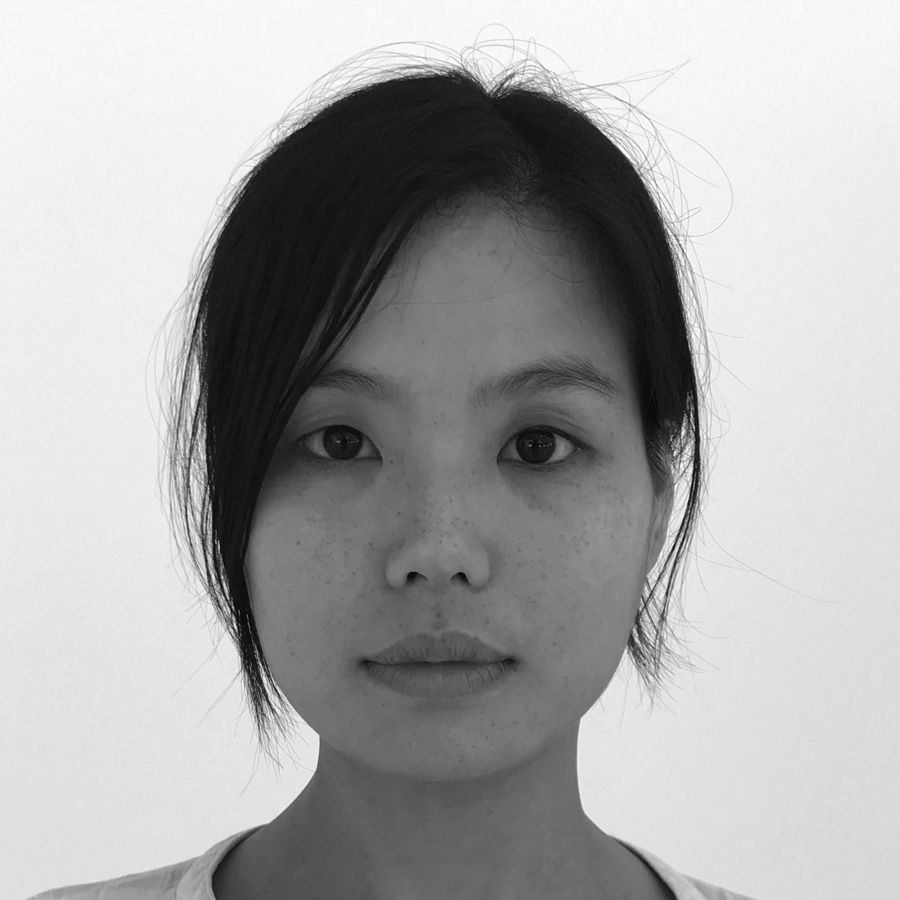
Yuting Su
Taiwanese artist, born in 1984. Lives and works in Châteauroux and Taipei.
Yu-Ting Su graduated from ENSA Limoges School of Art. So far she has produced a body of work that includes performance, video and multimedia installations, often expressing and analysing repetitious activities carried out in our daily lives. Her pieces demonstrate how society acts on our physical and mental states and the way work constrains our lives.
Yu-Ting Su takes spectators to the heart of her mental space by means of sensory environments, video installations as well as performed drawings or paintings. The environments she constructs are frequently smoke-filled or misty, places in which to lose yourself or to get lost. They are worlds where repetition reigns. The physical and psychological compulsions that lead to repetitious behaviour are, according to Goethe, born from both disgust and contentment. Here alienation of being is played out again and again. Even periods of rest become disturbing moments of stasis, of confinement outside the world.
Yu-Ting Su’s videos feature elements and actions that are repeated until exhausted; mechanical toys spin indefinitely, characters with animal head-masks frenetically search for pleasure displaying the violence of endlessly reiterated actions. Rocking-sheep that she builds herself, can sometimes be broken during performances. They mock man’s gregarious instincts, from docile lambs of Gods to following the herd as in Rabelais’ story in Gargantua of the sheep bought by Panurge.
The animal or child in each spectator is cleverly harnessed by Tu -Ting Su, but instead of lightening our observations, on the contrary, she shows that constraint and confinement are no longer the sole sad privilege of adults in advanced societies; they are also shared by wild beasts and young children.
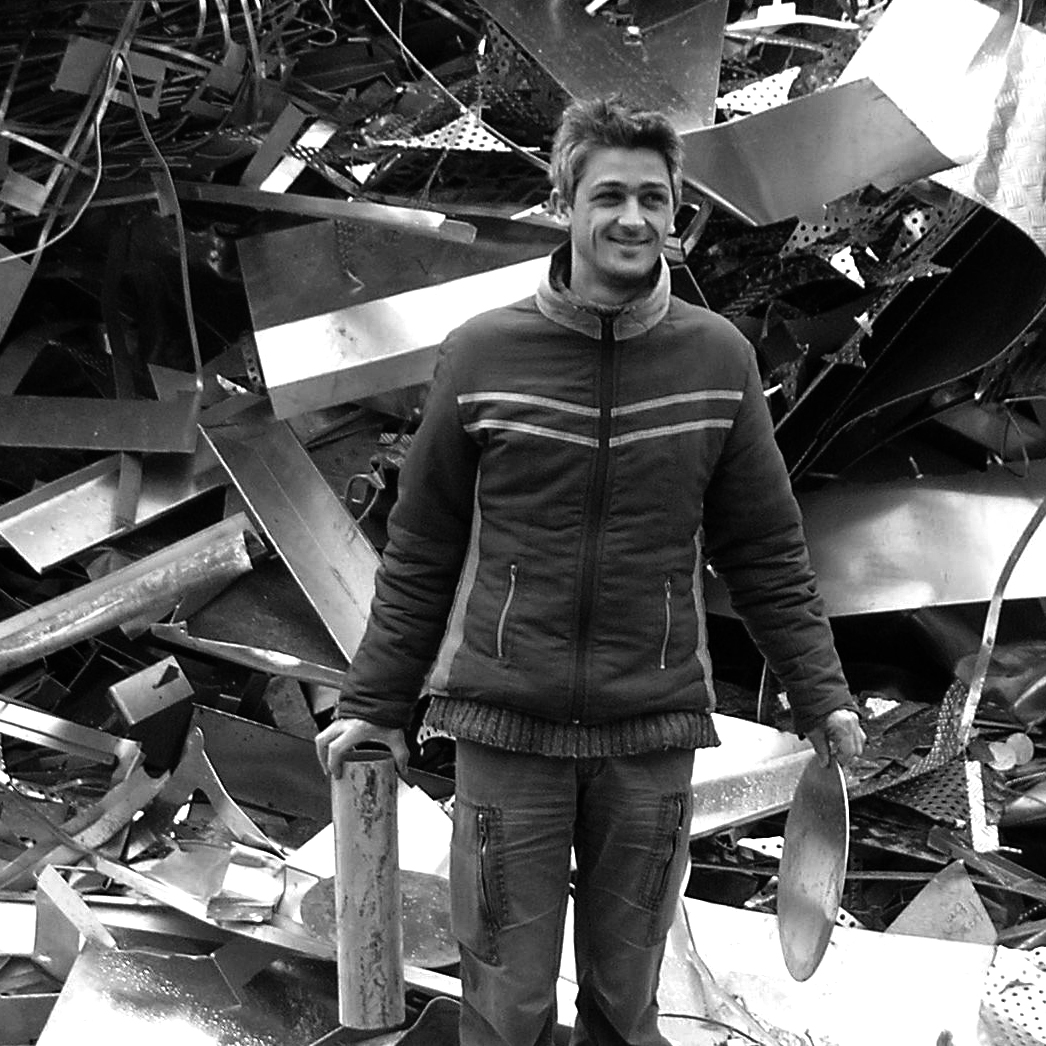
Olivier Toulemonde
My artistic work revolves around the question of sound, its perception and its propagation. This can take the form of concerts, performances, phonography, radio plays or sound installations, various activities but which are linked by the thread of sound experimentation and listening. Through my sound installations, I intend to test the sound in a context where listening can be deployed in depth and where the listener's perception is intimately linked to the space in which he evolves.
Musician by training, he works in free improvisation, but also participates in sound and multidisciplinary performances such as "All the Objects Used to Drive Nails Are Not Hammers", with Gaëtan Bulourde or "Seismograph", with Nicolas Desmarchelier and Yukiko Nakamura. He has performed throughout Europe, as well as in the United States and Canada.
He also produces sound installations (Kunstverein in Heidelberg, Courant d'Art festival in Bourg-en-Bresse, Remor festival in Girona, Q-o2 in Brussels, Buda in Kortrijk ...) that invite you to listen and in which the listener's perception is intimately linked to the space in which he evolves. He composes soundtracks for video, in particular those of Muriel Toulemonde, which have been broadcast in many museums and exhibitions around the world and whose works are included in the collections of the Fonds National d'Art Contemporain (Paris), du FRAC Limousin (Limoges), Domaine de Chamarande (Essonne) and the Center Pompidou - National Museum of Modern Art. He produced radio plays and audio documentaries for radio, which were notably produced by Arteradio, the Atelier de Création Sonore Radiophonique in Brussels and Deutschlandradio Kultur in Berlin.
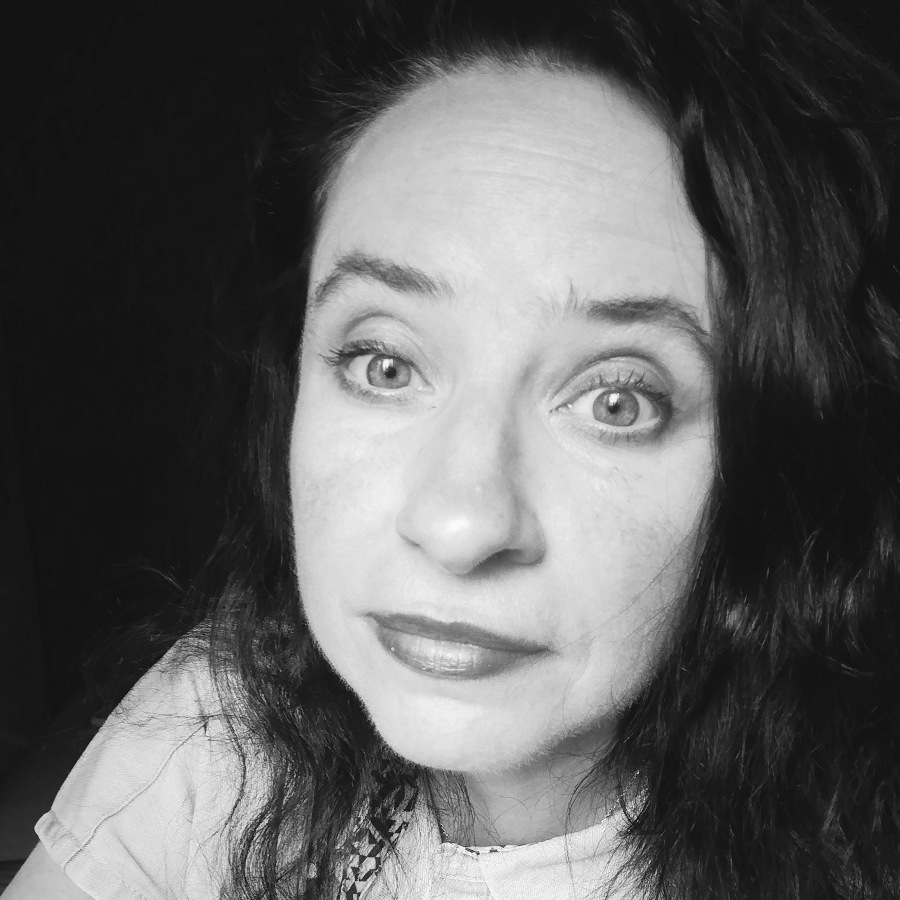
Laurence Cornet
Laurence Cornet is a teacher in National Education and is currently seconded in the specialized sector where she mainly uses cultural supports, arts, art history, archeology, as learning supports. A graduate of the Ecole des Hautes Etudes en Sciences Sociales, mention social and historical anthropology of Europe, she also holds a doctorate in history and archeology of the Middle Ages.
Her professional activity is organized according to several axes: teaching missions to teenagers and young adults with specific needs, the supervision on archaeological excavation sites of students enrolled in a history and archeology course, scientific research in partnership with the universities of Rennes 2 and Perpignan, and finally, is currently host for the training of students preparing for teaching competitions.

Christophe Clottes
Christophe Clottes lives and works in Pau. A graduate of the School of Fine Arts in Toulouse, he develops artistic research on the meeting of forms and materials with living organisms. He thus produces a work which takes the form of installations revealing the transitory aspect and the potential of decomposition / recomposition of our environments. Multidisciplinary, he experiments many materials and techniques, notably sound, during performances with his "Phonolite".

Nor Eddine Boudjedia
Nor Eddine Boudjedia, originally from Paris and living in Pau since 2005, is the Principal Educational Adviser at Pierre Emmanuel college. He was part of the foreshadowing team that built the pedagogical and educational project of this innovative secondary school. He was spontaneously attracted by the originality of the creative and artistic approach of its members. This human as well as professional adventure is part of his commitment and his vision of educating the young people entrusted to him.
He is the author of novels published by Anne Carrière, ʺ Little big bougnoule ʺ, ʺ Fin de journée au paradis ʺ. It is chance and probably necessity that led him to literature. He draws his inspiration from travel and meetings. His stories are often used to support a universal reflection : the search for memory, identity, how to understand others and accept their difference.
Highly passionate about drama, he also wrote the play ʺLe grand jeu ʺ inspired by the film ʺThe Full Monty ʺ and wrote and directed ʺRepas froid ʺ. This adventure brought this self-taught actor to perform in the Avignon Festival twice.
Music is one of his other forms of expression : in one of his many professional lives, he was a guitarist and a musical producer.
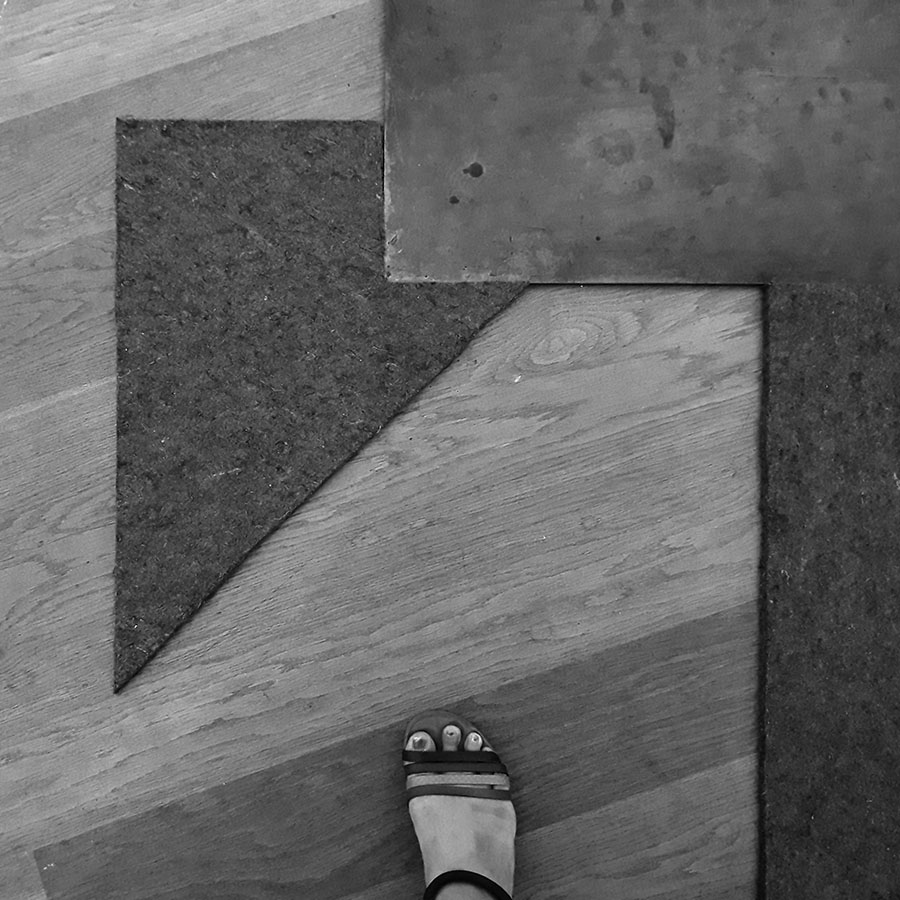
Lucia Sagradini
Partners


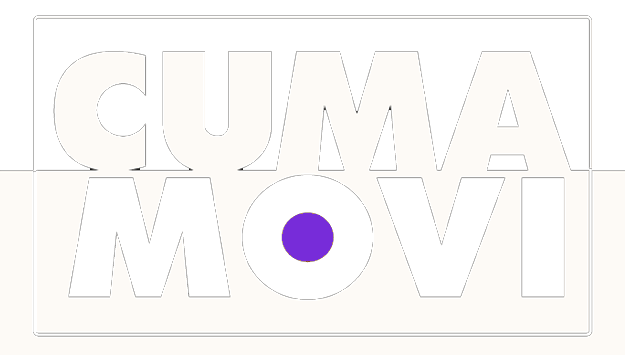
Contact
